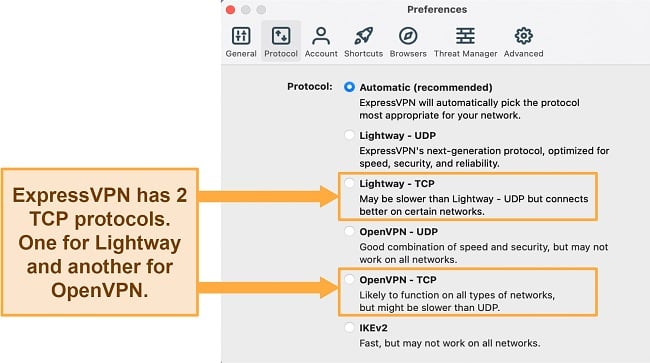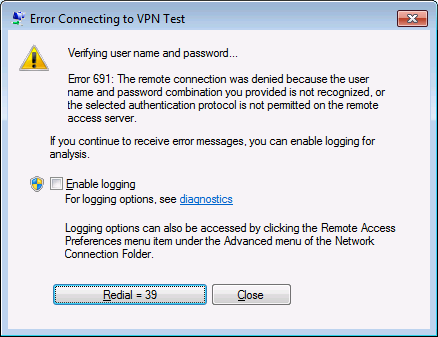Featured
Table of Contents
11 Vpn Troubleshooting Tips: Quick & Easy Fixes In 2023

The Routing and Remote Access snap-in lives within the Microsoft Management Console, referred to as the MMC. There are numerous ways to access the MMC. You can select the console from the Start menu's Programs alternatives, within the Administrative Tools folder within Windows server's Control board or by typing mmc at a command timely.
As Tech, Republic's Brandon Vigliarolo demonstrates within his video at the start of this article, the Providers console shows the status of the Routing and Remote Access entry. From within the Services console and with the Routing and Remote Access entry highlighted, you can click Start the Service or right-click the entry and select Restart.
Often the VPN client and VPN server are set to using various authentication methods. Verify whether an authentication mistake is the problem by opening the server console. Yet another method of accessing the MMC is to type Control+R to open a command timely in which you can type mmc and struck Go into or click OK.
If the entry isn't present, click File, select Add/Remove Snap-in, pick the Routing and Remote Access option from the choices and click Add, then OK. With the Routing and Remote Gain access to snap-in added, right-click on the VPN server and click Residences. Then, evaluate the Security tab to validate the authentication technique.
13 Tips To Troubleshoot Your Internet Connection
Make sure the VPN customer is set to the authentication method defined within the Security tab. Typically the items just reviewed are responsible for the majority of VPN connection refusal errors.
Each Web-based VPN connection generally utilizes 2 different IP addresses for the VPN client computer. This is the IP address that's utilized to establish the initial TCP/IP connection to the VPN server over the Web.

This IP address typically possesses the very same subnet as the local network and therefore allows the customer to interact with the local network. When you set up the VPN server, you must configure a DHCP server to designate addresses to clients, or you can develop a bank of IP addresses to appoint to clients directly from the VPN server.


If this option is selected and the efficient remote gain access to policy is set to allow remote access, the user will have the ability to attach to the VPN. Although I have actually been not able to re-create the situation personally, I have heard reports that a bug exists in older Windows servers that can cause the connection to be accepted even if the reliable remote gain access to policy is set to reject a user's connection.
Secure Ssl Vpn - Troubleshooting Guide
Another common VPN issue is that a connection is successfully developed but the remote user is not able to access the network beyond the VPN server. Without a doubt, the most typical reason for this issue is that permission hasn't been granted for the user to access the entire network. To permit a user to access the entire network, go to the Routing and Remote Access console and right-click on the VPN server that's having the issue.
At the top of the IP tab is an Enable IP Routing check box. If this check box is enabled, VPN users will have the ability to access the remainder of the network, assuming network firewall programs and security-as-a-service settings permit. If the checkbox is not chosen, these users will have the ability to access only the VPN server, however absolutely nothing beyond.
If a user is calling directly into the VPN server, it's generally best to configure a fixed route in between the client and the server. You can set up a fixed path by going to the Dial In tab of the user's properties sheet in Active Directory Users and Computers and choosing the Apply A Fixed Route check box.
Click the Add Route button and then get in the destination IP address and network mask in the space supplied. The metric should be left at 1. If you're using a DHCP server to appoint IP addresses to clients, there are a couple of other issues that might cause users not to be able to exceed the VPN server.
Identifying And Solving Vpn, Firewall Or Network ...
If the DHCP server appoints the user an IP address that is already in usage elsewhere on the network, Windows will find the dispute and avoid the user from accessing the remainder of the network. Another common issue is the user not receiving an address at all. Many of the time, if the DHCP server can't designate the user an IP address, the connection will not make it this far.
If the client is appointed an address in a range that's not present within the system's routing tables, the user will be unable to browse the network beyond the VPN server. Guarantee the resources the user is trying to access are really on the network to which the user is connecting.
A VPN connection to the other subnet might, in fact, be needed. A firewall software or security as a service option might also be to blame, so do not forget to examine those solutions' settings, if such elements exist between the VPN server and the resources the user looks for to reach.
The first possibility is that one or more of the routers involved is performing IP package filtering. IP packet filtering might prevent IP tunnel traffic. I suggest examining the customer, the server and any makers in between for IP package filters. You can do this by clicking the Advanced button on each device's TCP/IP Characteristics sheet, picking the Options tab from the Advanced TCP/IP Settings Characteristic sheet, picking TCP/IP Filtering and clicking the Characteristics button.
Latest Posts
Best Business Vpn Of 2023
Best Vpn Services Of 2023 - Security.org
The Best Vpns To Protect Yourself Online